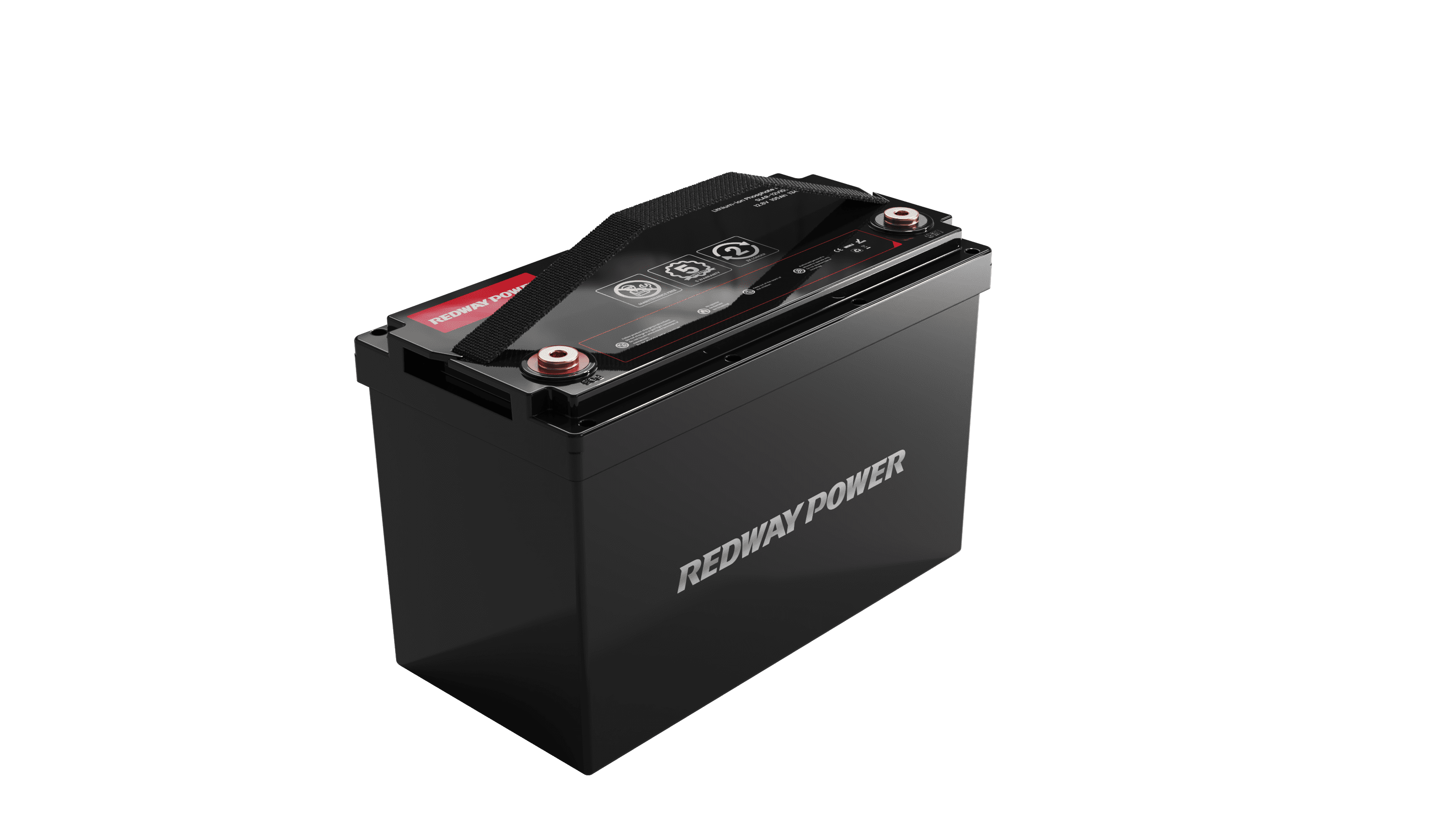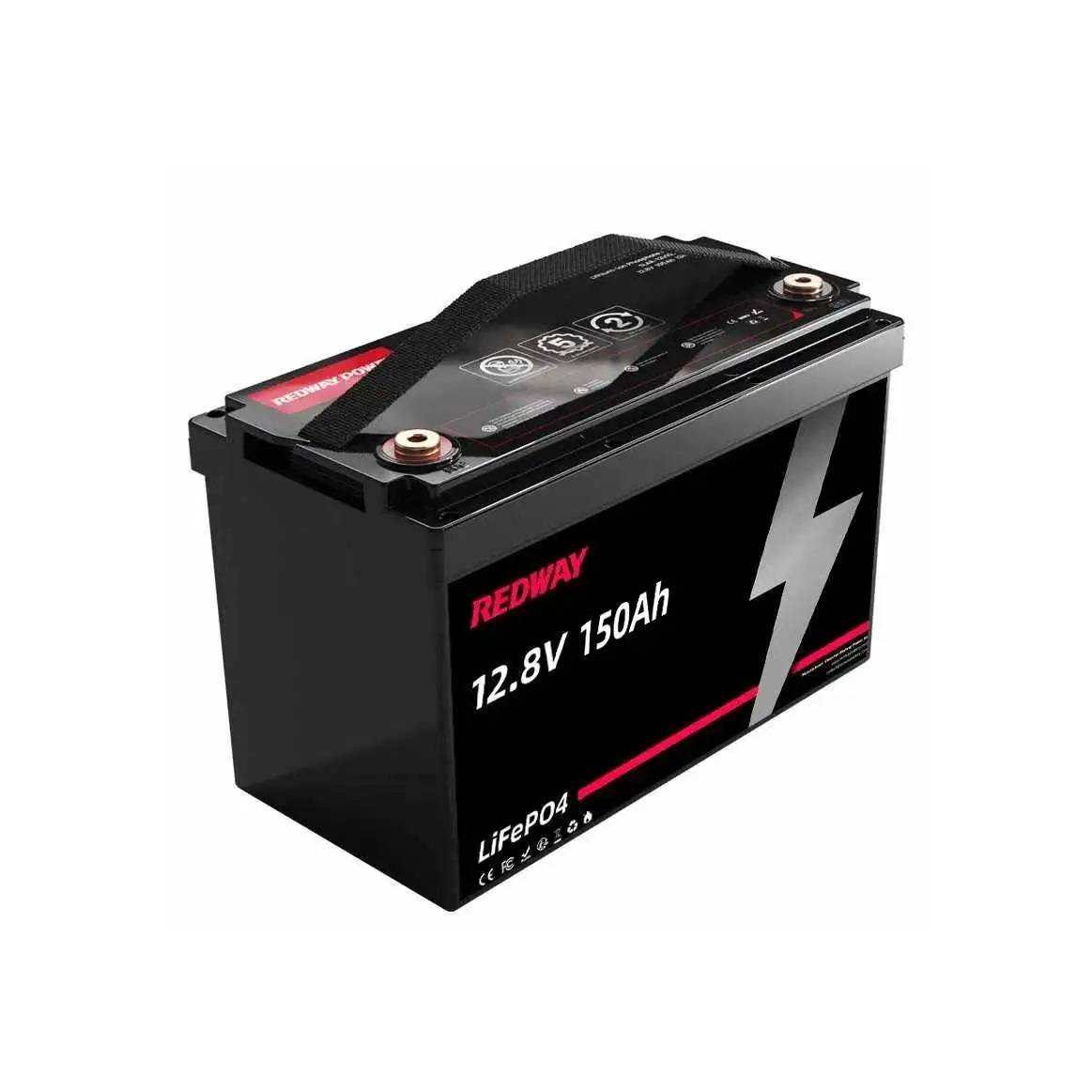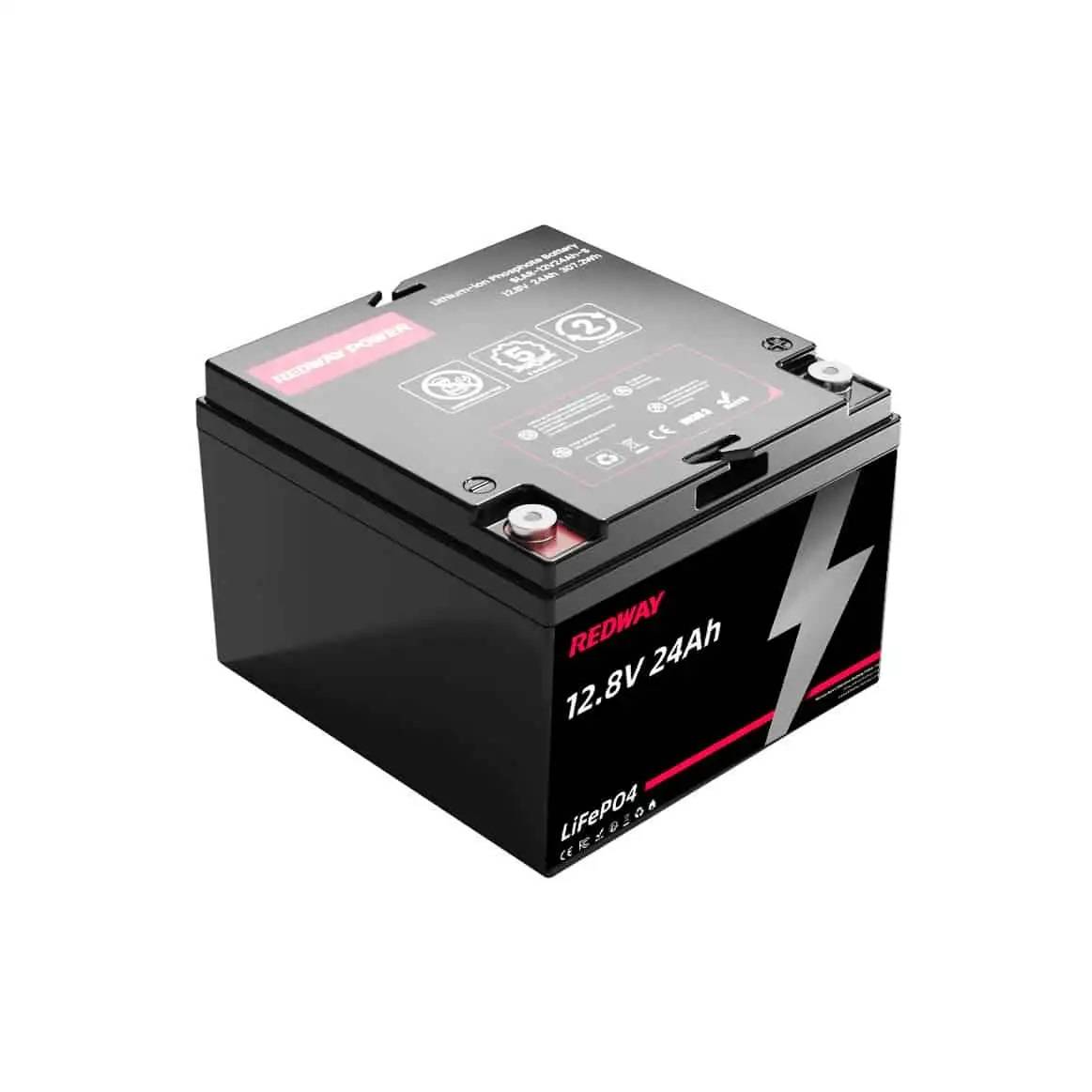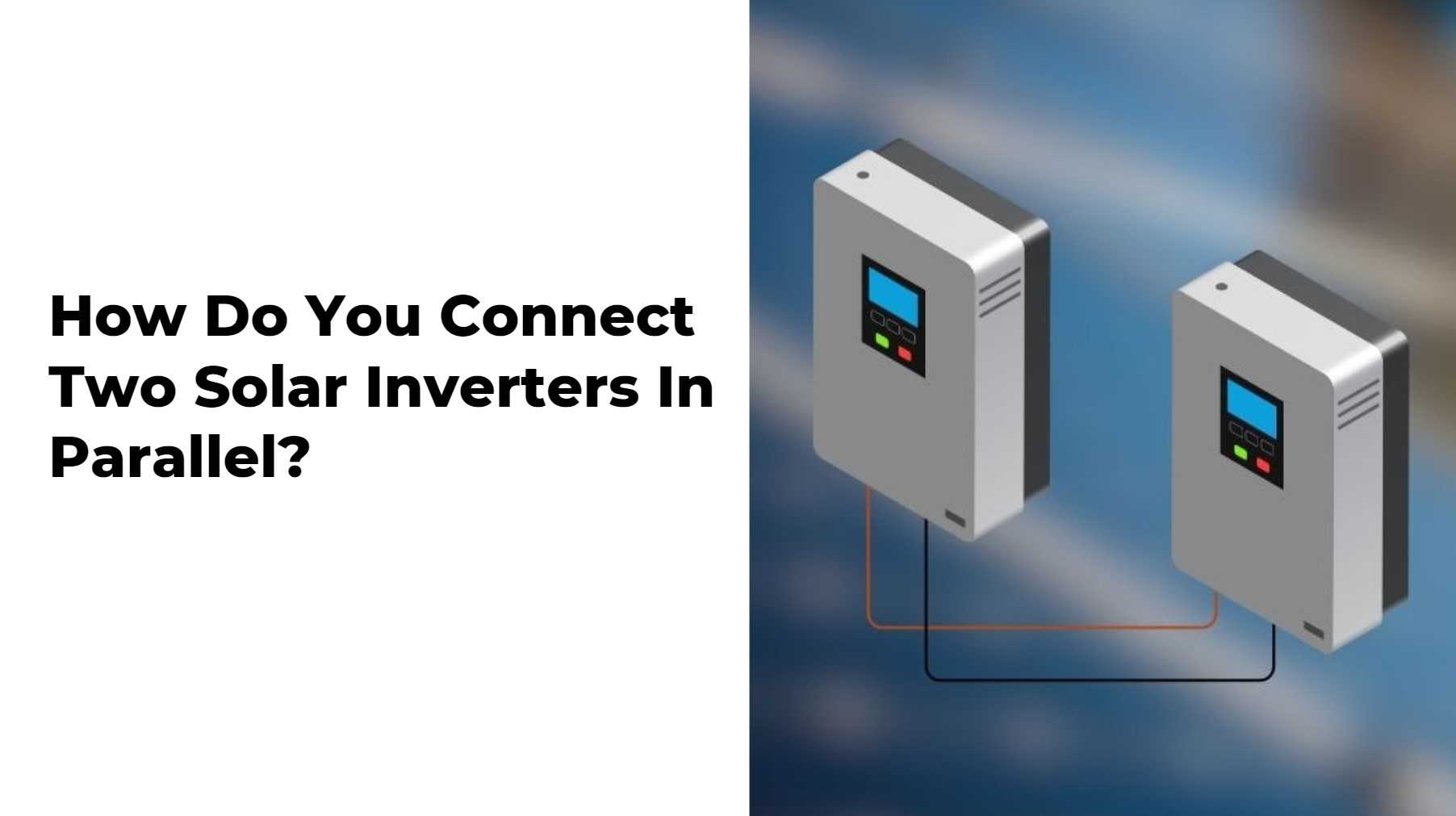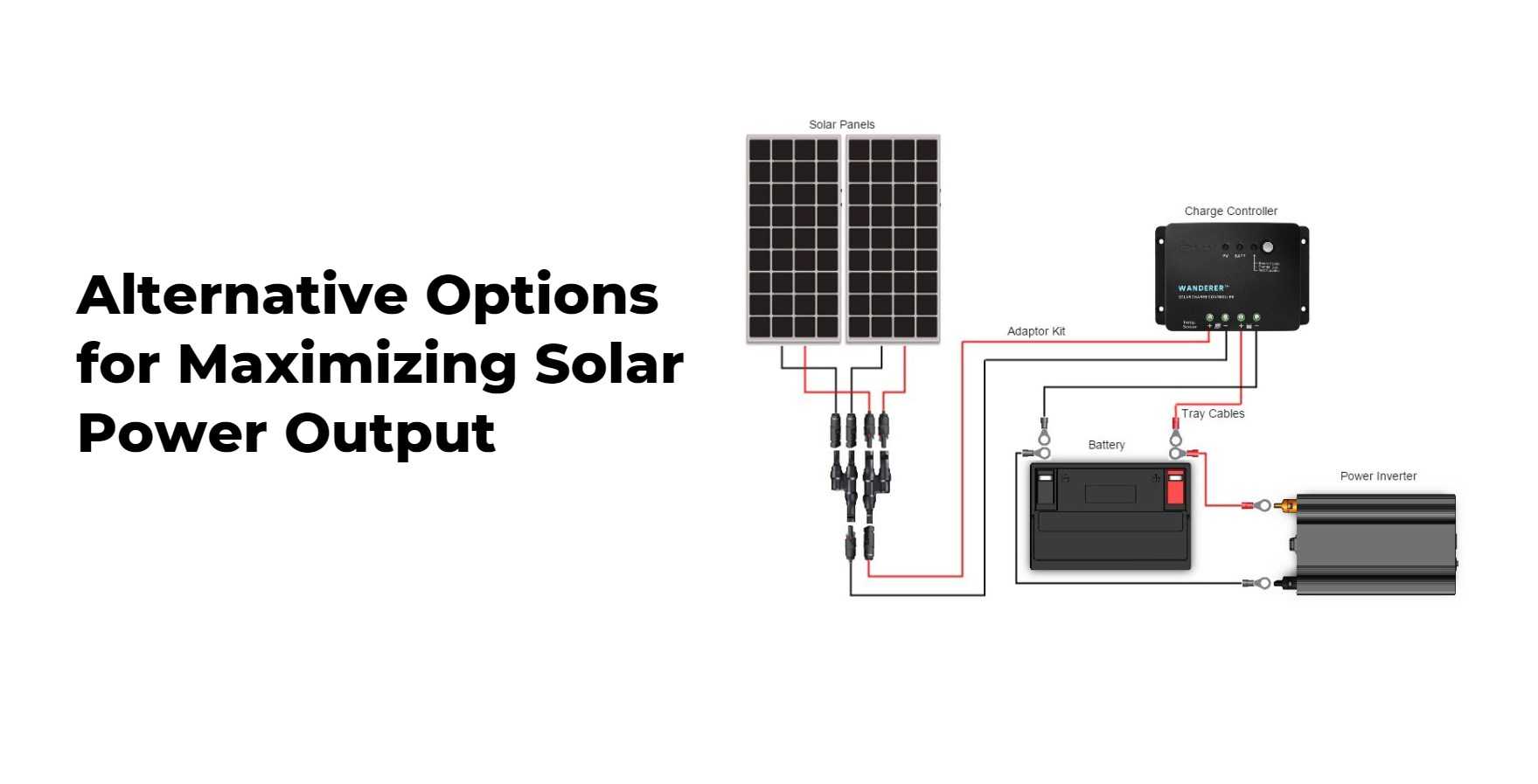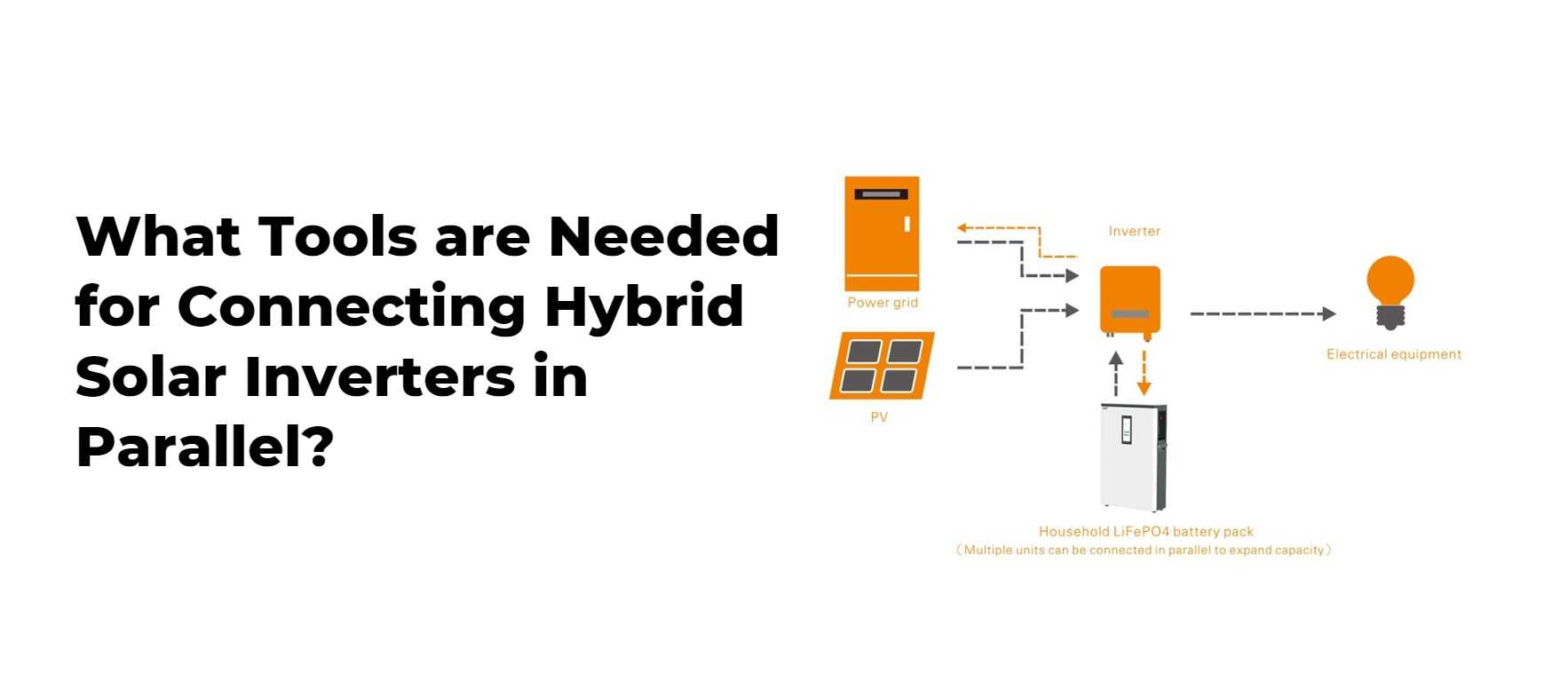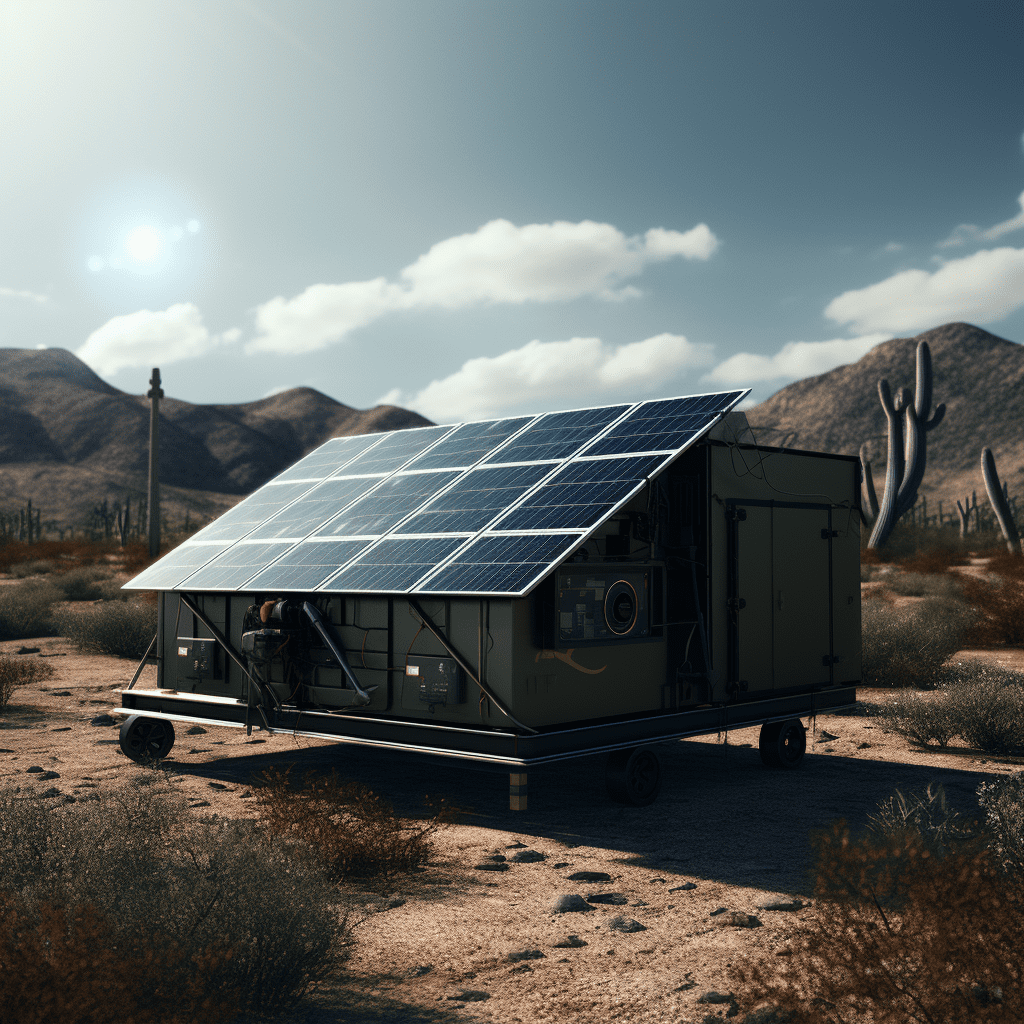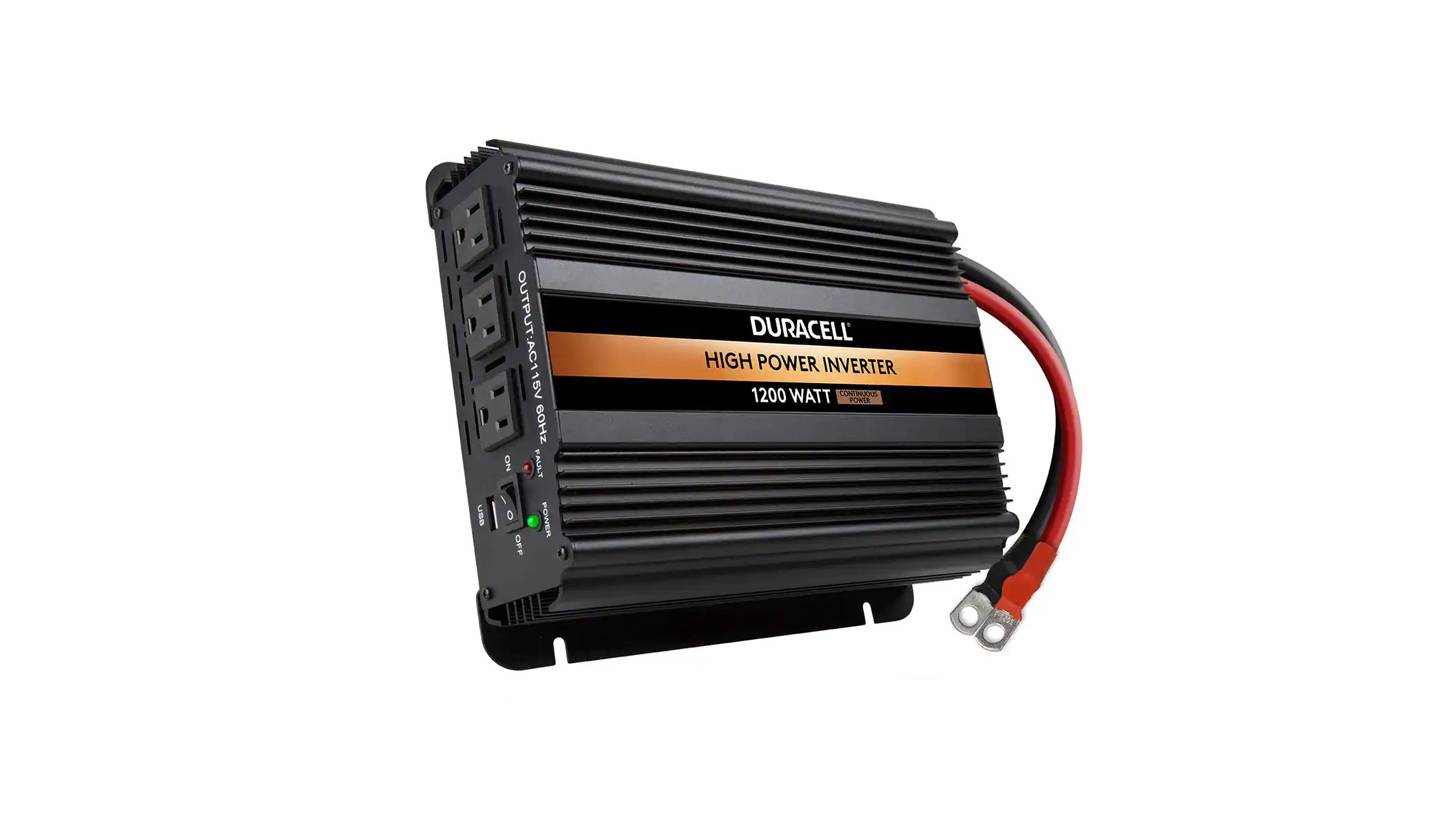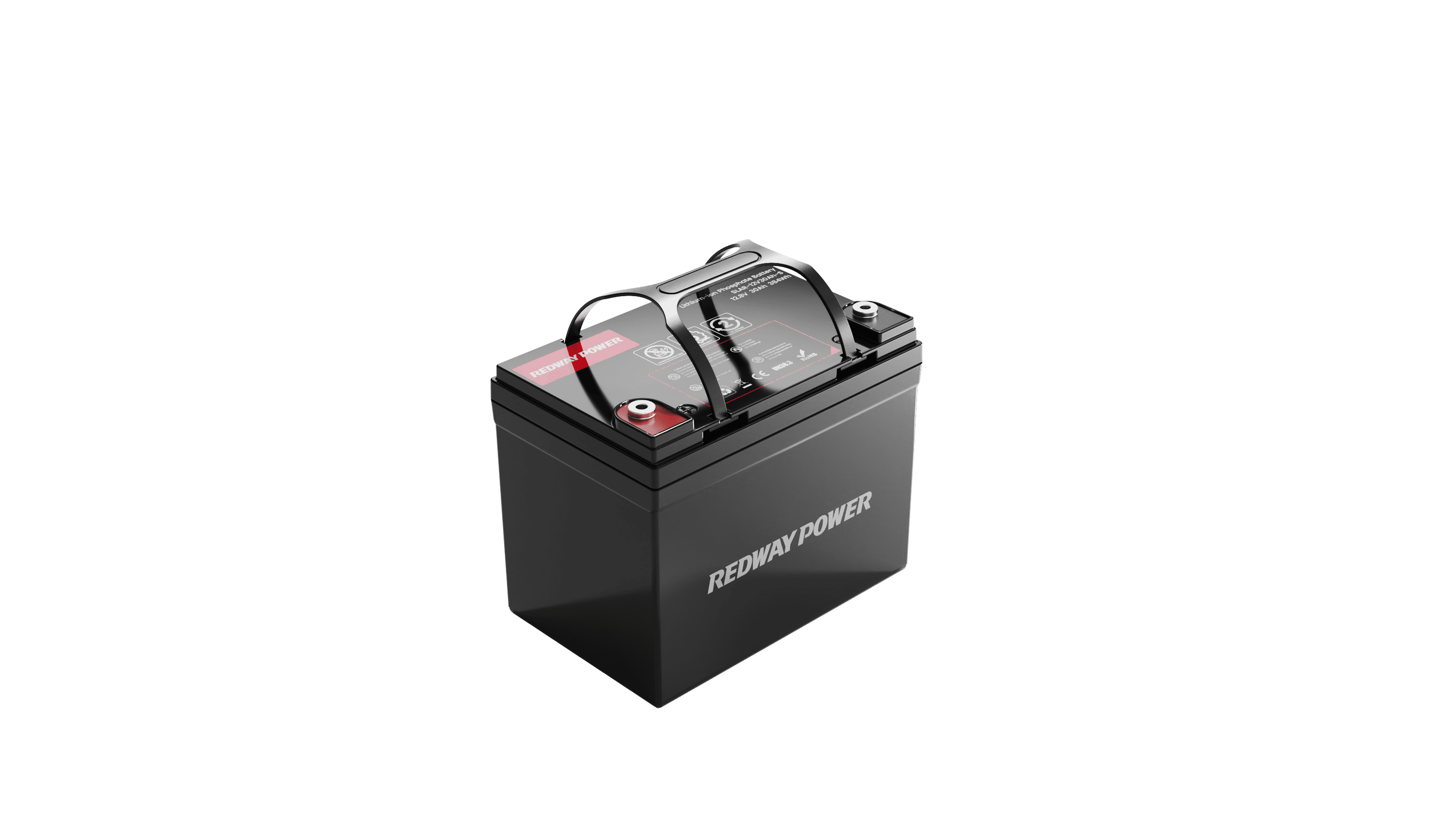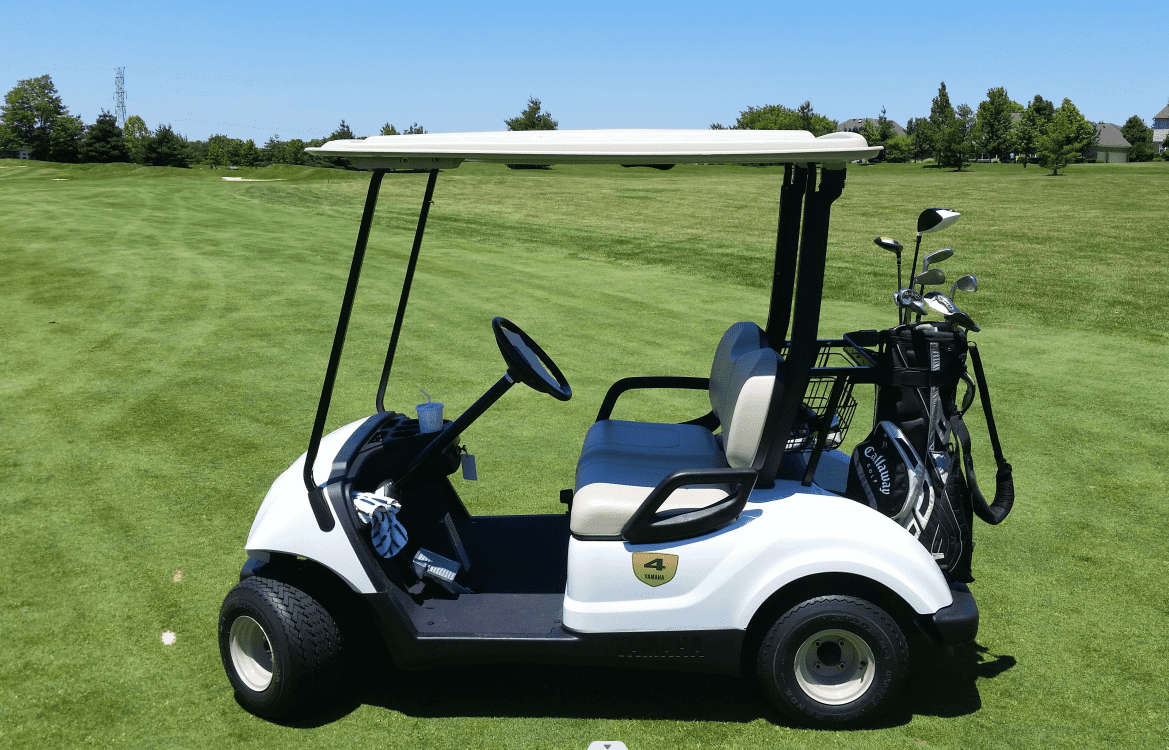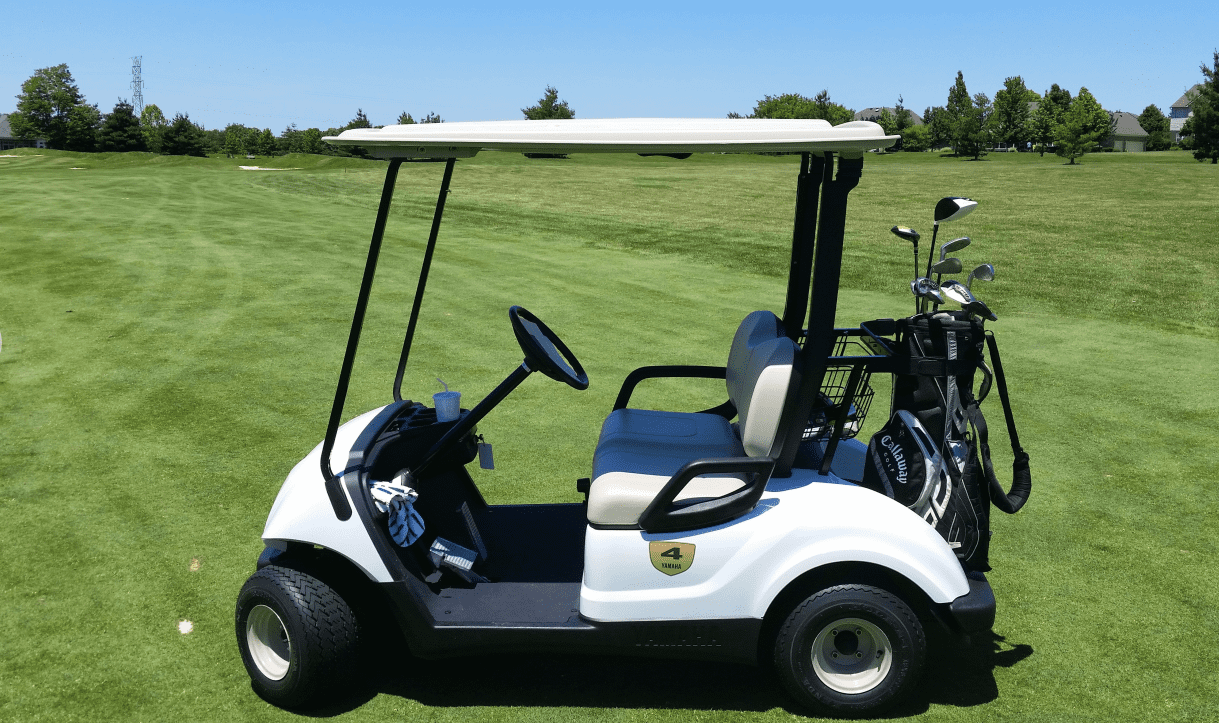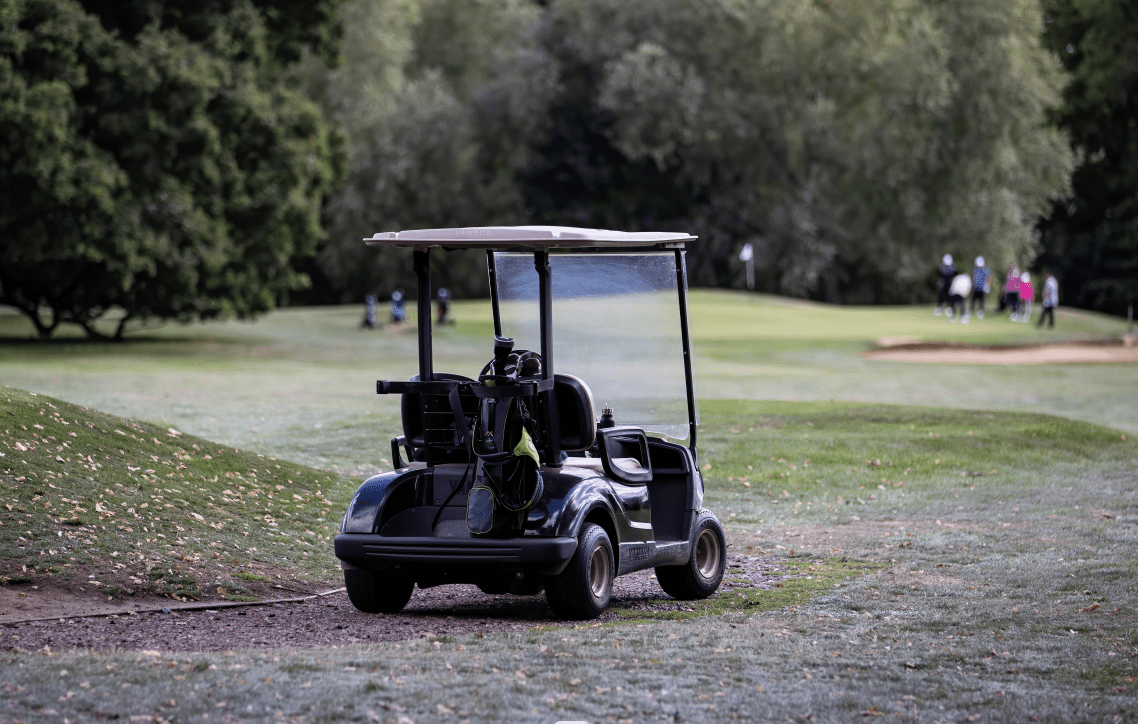Inverters in Parallel vs. Series
When it comes to optimizing power systems, the configuration of inverters—whether in parallel or in series—plays a crucial role in determining the overall performance and efficiency of the system. Inverters, essential components in converting direct current (DC) to alternating current (AC), can be configured in different ways to achieve various objectives. This comprehensive guide delves into the key distinctions between parallel and series configurations, breaking down the technical aspects to provide a clear understanding.
Load Sharing in Parallel: Enhancing System Capacity
Simple Explanation: Collaborative Power Distribution
In a parallel configuration, multiple inverters work together as a cohesive unit to share the power load. Think of it as a team of individuals collaborating on a project—each member contributes to the workload, resulting in a combined effort that surpasses individual capabilities. Similarly, parallel inverters distribute the power requirements among themselves, enhancing the overall system capacity.
Technical Insight: Combined Capacity and Power Output
Parallel inverters operate by connecting their outputs together, thereby sharing the electrical load. For example, if two 3kVA inverters are connected in parallel, their combined capacity results in a total of 6kVA. This setup not only increases the power output but also enhances the system’s reliability and redundancy. If one inverter fails, the others continue to support the load, ensuring uninterrupted power supply.
Voltage Increase in Series: Amplifying Voltage Levels
Simple Explanation: Stacking for Higher Voltage
In a series configuration, inverters are connected sequentially, akin to stacking batteries in a flashlight to achieve higher voltage. The primary goal of this setup is to increase the voltage rather than the total power capacity. This approach is useful when specific voltage levels are required for certain applications.
Technical Insight: Voltage Addition Without Power Capacity Change
When inverters are connected in series, their voltage outputs are additive. For instance, connecting two inverters, each with a voltage of 120V, results in a combined output of 240V. However, it is crucial to note that the overall power capacity remains unchanged. This configuration is ideal for scenarios where increased voltage is needed without altering the overall power capacity.
Comparing Overall Capacity: Parallel vs. Series
Simple Explanation: Power vs. Voltage Enhancement
The choice between parallel and series configurations depends on whether the goal is to increase power or voltage. Parallel connections are focused on boosting overall power capacity by combining the capabilities of multiple inverters, whereas series connections aim to elevate the voltage output without changing the total power capacity.
Technical Insight: System Strength and Voltage Levels
In parallel configurations, the system’s overall capacity is enhanced as the inverters share the load, making it suitable for applications requiring higher power. Conversely, series configurations are designed to achieve specific voltage levels, making them appropriate for applications where increased voltage is necessary. The choice between these configurations should align with the specific requirements of the power system.
Design Considerations for Optimal Configuration
Simple Explanation: Selecting the Right Configuration
Choosing the right inverter configuration is akin to selecting the appropriate tools for a particular task. Parallel configurations are ideal for applications demanding higher power, while series configurations are suited for situations requiring specific voltage levels. Understanding the unique needs of your power system will guide you in making the optimal choice.
Technical Insight: Tailoring the System to Requirements
Designing an effective inverter system involves assessing the specific requirements of the application. For increased power capacity, parallel configurations are preferred, as they enable load sharing and system redundancy. For achieving precise voltage levels, series configurations are more appropriate. Each configuration has its advantages, and the selection should be based on the desired outcome and operational needs of the power system.
Conclusion: Aligning Configurations with Needs
Simple Explanation: Power and Voltage Optimization
In summary, the choice between parallel and series inverter configurations hinges on whether the objective is to enhance power capacity or achieve higher voltage levels. Parallel inverters work together to increase the overall power output, while series inverters stack to boost voltage. Each configuration serves distinct purposes and should be chosen based on the specific needs of the application.
Technical Insight: System Efficiency and Reliability
Understanding the differences between parallel and series configurations is vital for designing power systems that meet specific performance and reliability criteria. Whether aiming for increased power capacity or higher voltage, selecting the appropriate configuration ensures an efficient and dependable power supply. By aligning the inverter setup with the unique requirements of your system, you can optimize performance and achieve the desired results.

